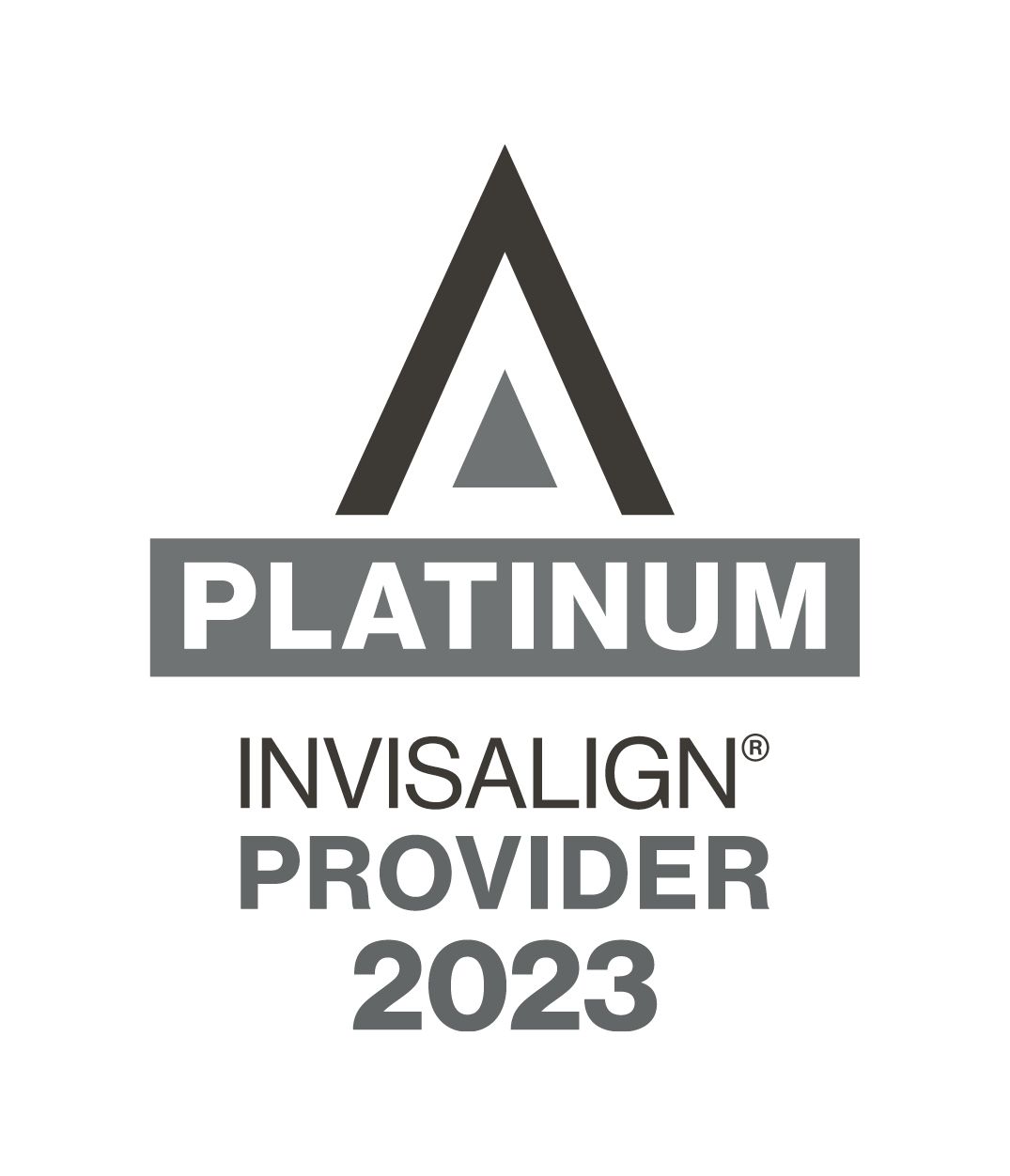Early Treatment
No referral is required to see our Specialist Orthodontist!
Contact us for more information!
At what age should a child see an orthodontist?
Our orthodontist recommend an orthodontic assessment at age 9.
By this time the first permanent molars and incisors have usually emerged and our orthodontist can see the facial and dental template your child will have for the rest of their lives.

Early treatment at Mountains Orthodontics
Our orthodontist have a special interest in early care (orthopaedics) including narrow upper jaws, disturbances in jaw growth, tooth development, thumb sucking, poor breathing patterns and restricted airways often associated with sleep apnoea. We call this early care Phase I and is a holistic approach to orthodontic treatment.
By commencing treatment at an early age our orthodontist are able to monitor and guide the growth of the jaw to take into account and manage the eruption of permanent teeth. Early Phase I treatment also gives greater flexibility to regulate the width of the upper jaw and space maintenance in the lower jaw.
- Phase I (plates) predominately treats the face in primary school.
- Phase II (braces) treats the teeth in high school.
How long does orthopaedic treatment take?
Early orthopaedic treatment "Phase I" can range from 12 to 24 months.
There may be a 'holding' period between Phase I and Phase II (braces). Our orthodontist will continue to monitor your child’s teeth and jaws throughout this time at no additional charge.
Rapid Maxillary Expander (RME or RPE)
Orthodontic problems are not only concerned with the alignment of the teeth but also the position, width and alignment of the jaws. The Rapid Maxillary Expander (RME) is used to correct the latter by expanding narrow dental arches (jaws) to create more room for existing and erupting teeth.
Narrow dental arches are also common contributors to breathing issues and problems with the nasal passage. For example, when the upper jaw is expanded this also serves to expand the air passages to improve air flow and breathing.
To ensure the longevity of this treatment method, after the expansion of the jaw is complete, new bone grows to fill in the gap to prevent any relapse after treatment.
Bionator
The Bionator is a removable growth modification appliance designed to redirect & encourage forward growth in the lower jaw, to improve the bite, facial harmony & balance. Worn during sleeping hours, at the appropriate stage of growth & development, the Bionator activates the muscles of the face to gently and gradually stimulate growth.
HERBST
The Herbst appliance is a growth-modification device that is used to stimulate & promote natural lower jaw growth, to achieve a better balance between the upper & lower jaws and improve facial harmony. This appliance is fixed in the mouth for approximately twelve months, until the ideal jaw position is achieved.
The Herbst is used to achieve the optimal structural position of the jaws. Once complete, braces are usually required to correct the alignment of the teeth.
Lower Lingual Arch
The Lower Lingual Arch appliance is part of the space maintainer family & is used to preserve the vital leeway space available while the deciduous (baby) molar teeth are still present. The deciduous (baby) molars are bigger in size than their permanent (adult) replacement tooth. This gives us the opportunity to use this space to alleviate crowding & align the permanent teeth into the arch, whilst hopefully avoiding the need for the extraction of permanent teeth.
Convenient Location
Our practice is a brief drive away from Penrith, making it a hassle-free option for families and individuals seeking top-quality orthodontic care without the challenges of city parking. You’ll find ample parking space at our clinic, allowing for a stress-free visit every time.
